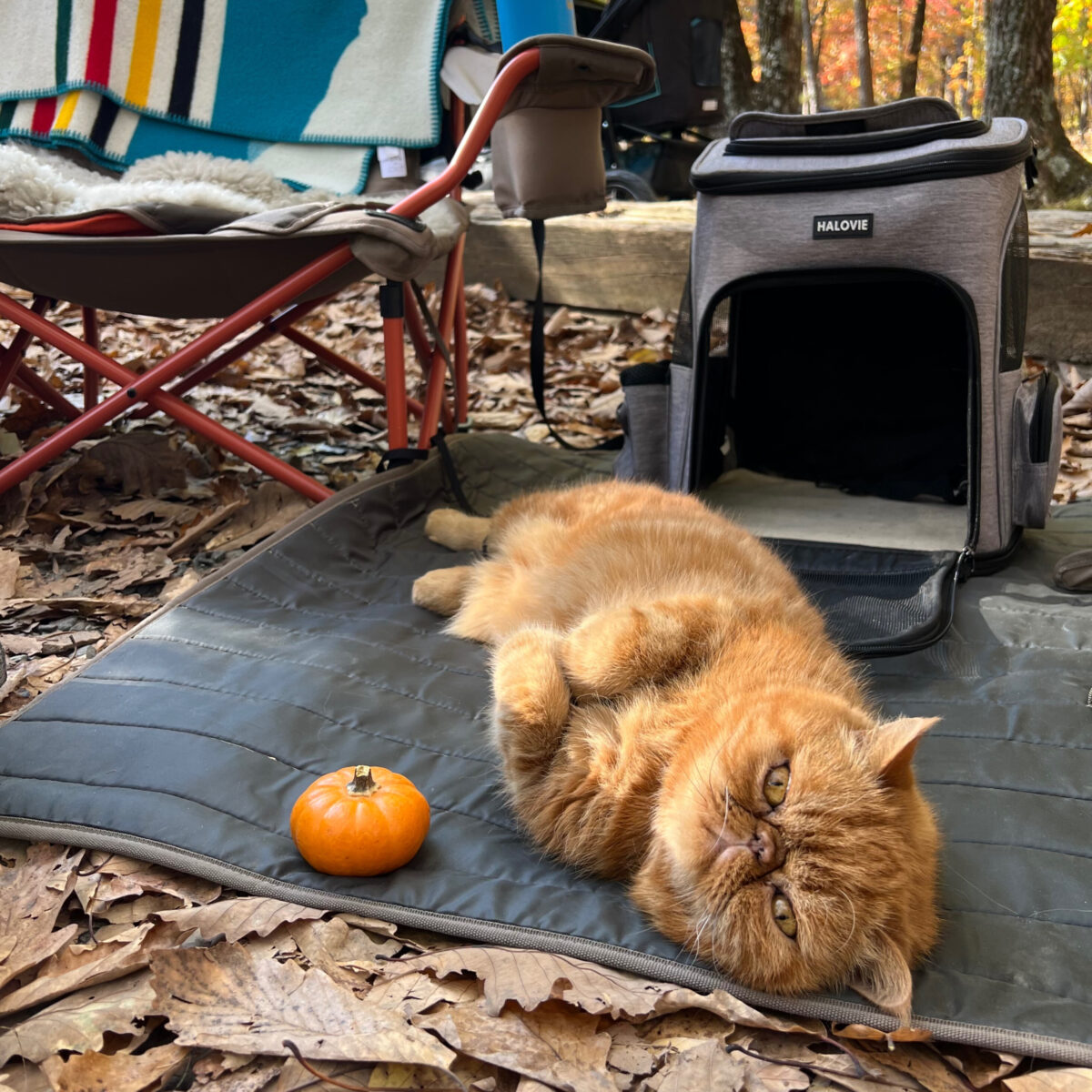Creating a Safe, Cozy Holiday Home for Pets
By Pecan Pie & Blueberry Biscuit (with a little help from Meowmie, Dr. Azure Holland)
Hello, friends! It’s us — Pecan Pie and Blueberry Biscuit.
We are the official holiday decorating supervisors in our house. The holidays begin the moment the storage boxes appear… and so do we.
We know your pets are probably just as curious as we are. So we wanted to share a few tips — from a pet’s-eye view — on how to decorate for da holidays in a way that feels safe, calm, and cozy for everyone.
1. Begin With a Calm, Cozy Environment
Before you hang even one ornament, your pets are already taking it all in. Boxes. Tape. Furniture moving. New smells. It’s a lot.
For cats like us:
- We love a designated perch nearby — a soft blanket, window seat, or cat tree where we can watch the action unfold..
- A favorite toy or scratcher helps us redirect our zoomies away from the tree.
- Let us supervise from a safe distance; we’re very good at su-purr-vision.
For dogs:
- A long-lasting chew or snuffle mat keeps them happily busy while you rearrange things.
- Let them stay where they can see you but not be underfoot (or under-tree).
- Senior or anxious pups may appreciate a quiet, cozy corner.
A calm setup helps us feel safe before the big, sparkly tree even arrives.
2. Bringing the Tree Inside — Without Pets Sneaking Out
When the tree comes through the door? That’s chaos… and we love it. But it’s also the perfect moment for a cat or dog to slip outside.
Here’s how to keep us safe:
Create a Pet “Holding Zone”
Before opening the door, tuck us into a comfy room with:
- A favorite bed or blanket
- A familiar toy
- Maybe a treat puzzle or chew
- Soft background music
Use Barriers Wisely
A baby gate or exercise pen adds an extra layer of security between us and the open door.
Give Us a Job (Enrichment) Before Tree Time
- Dogs: snuffle mat, frozen Kong, or chew
- Cats: a quick play session, lick mat, or our favorite a Churu snack
Tired brains = less interest in door-dashing.
Teamwork Helps
If one human carries the tree and another keeps an eye on us, everyone wins.
Keep ID & Microchips Updated
More visitors, more deliveries, more open doors — updated tags and microchips are an important backup.
When the tree is finally inside and the door is closed, don’t forget to tell us we’ve been dis very good helpers. Treats appreciated.
3. Christmas Tree Safety Once It’s Inside
The tree is up. The room smells different. Everything is new. We notice.
For cats:
- Please anchor the tree so it doesn’t tip if we investigate.
- Avoid putting chairs or tables right next to the tree — they become perfect launch pads.
- If you have a live tree, cover the water or skip additives; we shouldn’t be drinking from it.
For dogs:
- Many dogs love to sneak sips of tree water — a secure cover is best.
- Tuck away dangling cords so they’re not chew toys.
- Sweep up fallen needles often so they don’t get stuck in paws or tummies.
Whether the tree is real or artificial, stability + supervision = happy, safe holidays.
4. Ornament Safety: What to Use & What to Skip
We admit it: shiny, dangly, jingly things are… irresistible and sometimes our paws can’t help but play.
Safer Choices:
✔️ Shatterproof ornaments on lower branches
✔️ Lightweight decorations that won’t hurt if they fall
✔️ Secure hooks that don’t pop off easily
Best to Avoid at Pet Height:
✖️ Tinsel (especially dangerous for cats if swallowed)
✖️ Fragile glass ornaments at tail-level
✖️ Edible ornaments like salt dough or popcorn garlands
Put heirloom and delicate ornaments higher on the tree, where they can sparkle safely out of paw’s reach.
️ 5. General Holiday Décor Safety
Once the tree is done, the rest of the house starts to sparkle too — and we notice all of it.
Flameless Candles, or Real Candles Out of Reach
Real flames are scary (and dangerous around tails, whiskers, and curious noses). Flameless candles give the same cozy glow.
Hide or Secure Electrical Cords
Especially if you live with a puppy or a cat who likes to chew, tucking cords away keeps everyone safe.
Go Easy on Strong Scents
Potpourri, simmer pots, and some essential oils can bother our airways or make us feel sick.
Place Tabletop Décor Out of Reach
If it’s glittery, chewable, or breakable, assume we will investigate. Higher shelves and secure placements help us all enjoy the décor without accidents.
From our paws to yours:
Decorating doesn’t just make things beautiful — it makes your home feel like a purr-fect nest. With a little planning, you can keep it festive and safe… so we can all curl up together and enjoy the glow.
Love,
Pecan Pie & Blueberry Biscuit







 3. Costume with Care
3. Costume with Care 4. Decorations Can Be Tricky (Literally)
4. Decorations Can Be Tricky (Literally) 5. Create a Calm Zone
5. Create a Calm Zone From Our Porch to Yours
From Our Porch to Yours



